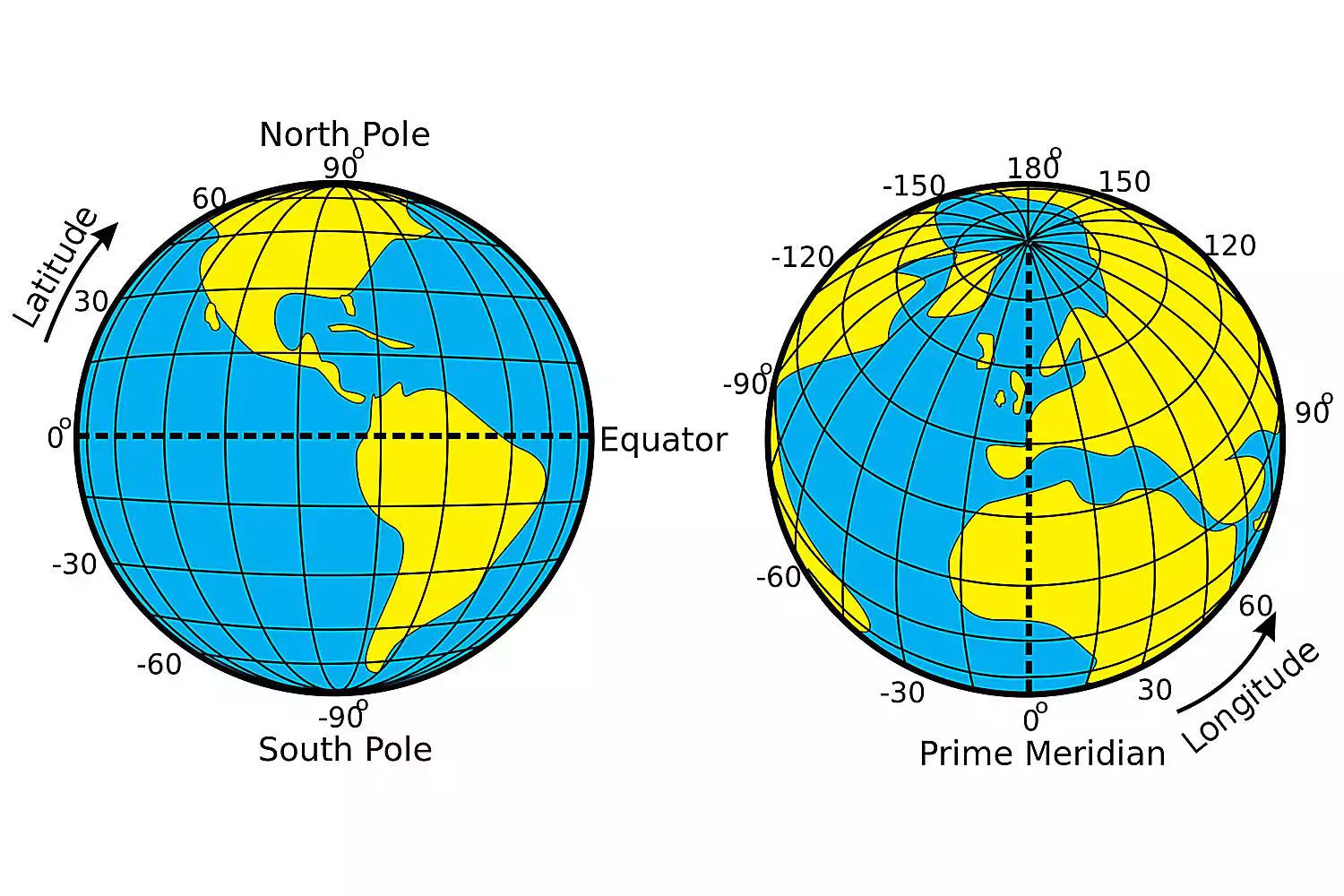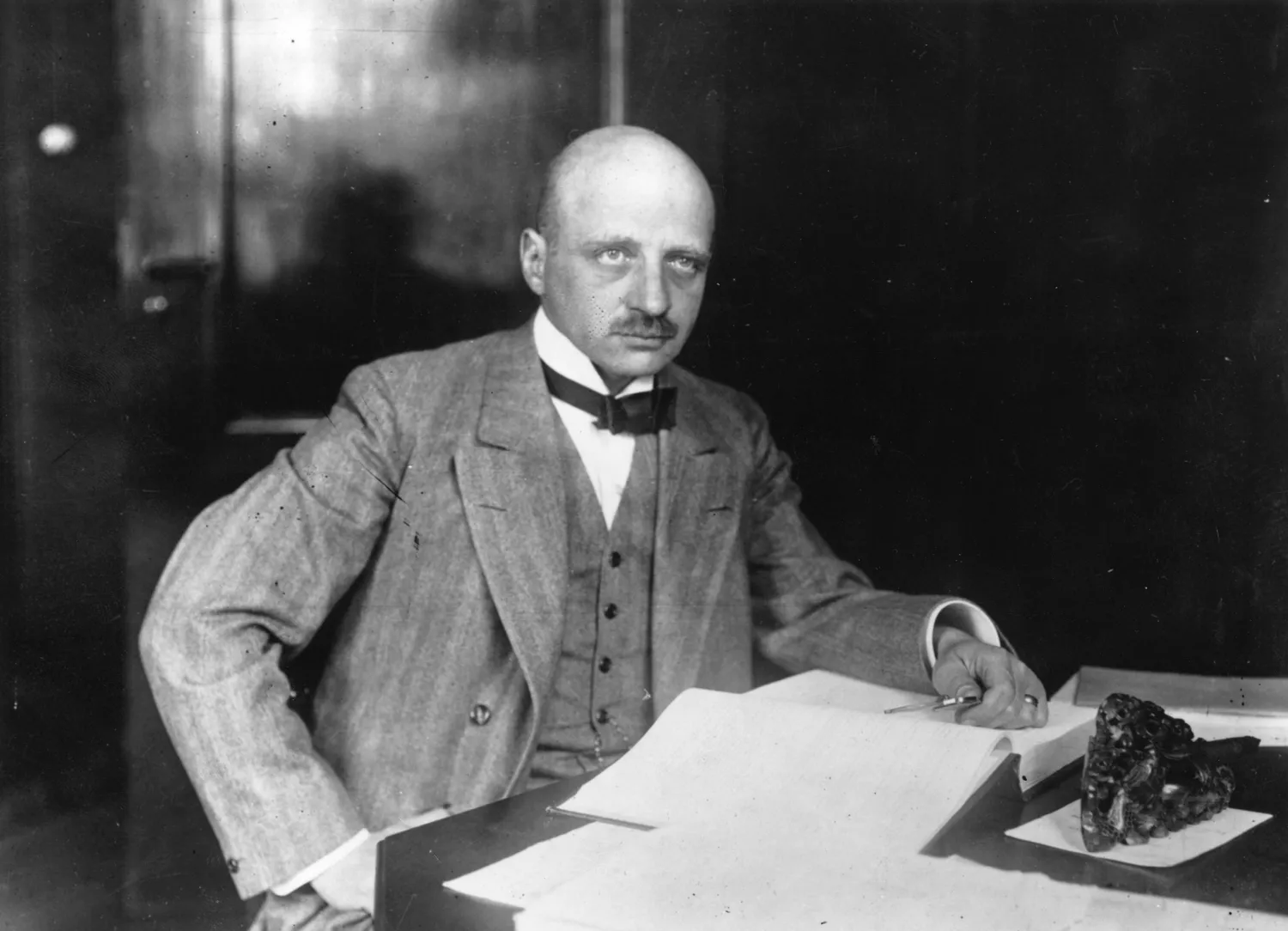Are all prime numbers prime factors in prime factorization
Published By:anonymous Posted On:26/09/2023
Prime factors mainly refer to all prime factors of a positive integer. For example, for integer 24, its prime factor is very simple, it is the number 2, and there is also the number 3. Because 24 can be decomposed into multiple 2 x 2 x 2 x 3. It has uniqueness and grouping, which means that any number can represent the prime product of this series.
What does prime number really mean
This mainly refers to a positive integer that can be divided by the number one or itself, including 2, 3, 5, 7, and 11. It can be understood from multiple aspects, such as uniqueness, distribution, and infinity. Simply put, it can be decomposed into the product of two natural numbers. In the coefficients of natural numbers, the distribution of prime numbers itself takes on an irregular shape, following a seemingly random pattern and then distributed along the number axis. From a theoretical perspective, prime numbers can have endless numbers, and determining which numbers are prime numbers is very important and an important issue in current mathematics.
It can be used in many fields, including cryptography, programming, data compression, etc. In the process of use, it is relatively simple and can effectively meet everything in life, helping everyone solve multiple problems. Both in mathematics and research, it plays a corresponding role and can help everyone solve many problems.
All prime numbers are prime factors, but not all prime factors are prime numbers. Prime numbers are a special case of prime factors that can only be divided by 1 or themselves. A prime factor is a factor that, in addition to being a prime number, may also be a composite of other numbers. For example, the common numbers 15, 3, and 5 are all prime factors, but the number 15 is not a prime number. This is an important aspect that needs to be considered from multiple perspectives when understanding.
What does prime number really mean
This mainly refers to a positive integer that can be divided by the number one or itself, including 2, 3, 5, 7, and 11. It can be understood from multiple aspects, such as uniqueness, distribution, and infinity. Simply put, it can be decomposed into the product of two natural numbers. In the coefficients of natural numbers, the distribution of prime numbers itself takes on an irregular shape, following a seemingly random pattern and then distributed along the number axis. From a theoretical perspective, prime numbers can have endless numbers, and determining which numbers are prime numbers is very important and an important issue in current mathematics.
It can be used in many fields, including cryptography, programming, data compression, etc. In the process of use, it is relatively simple and can effectively meet everything in life, helping everyone solve multiple problems. Both in mathematics and research, it plays a corresponding role and can help everyone solve many problems.
All prime numbers are prime factors, but not all prime factors are prime numbers. Prime numbers are a special case of prime factors that can only be divided by 1 or themselves. A prime factor is a factor that, in addition to being a prime number, may also be a composite of other numbers. For example, the common numbers 15, 3, and 5 are all prime factors, but the number 15 is not a prime number. This is an important aspect that needs to be considered from multiple perspectives when understanding.









